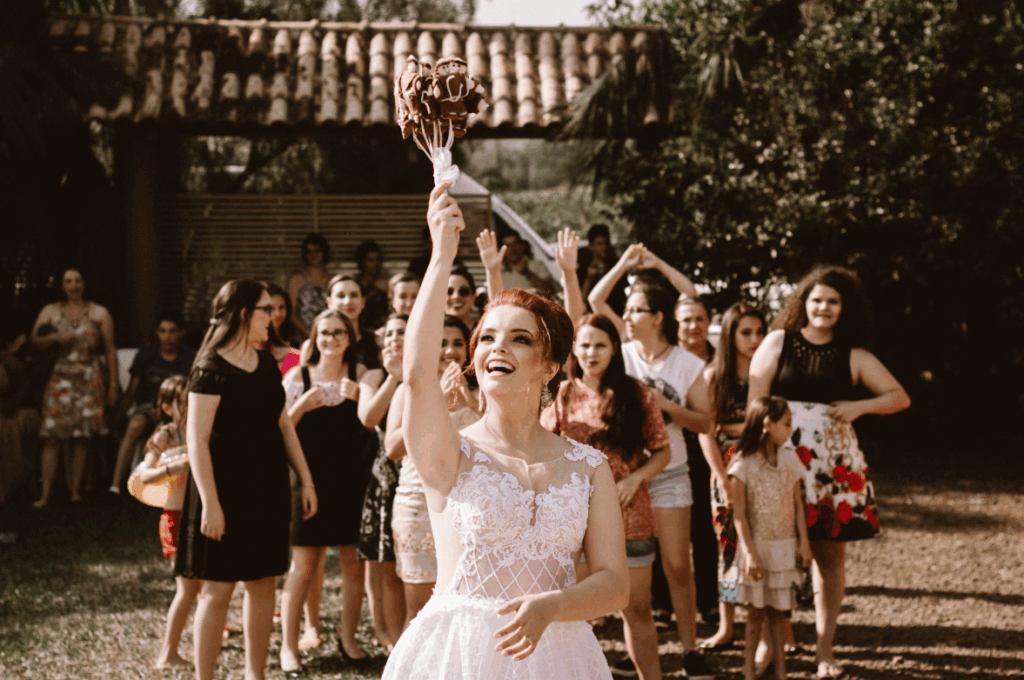Cinematic color grading for weddings is more than just adjusting contrast and saturation — it’s about storytelling through color. Every couple’s day is unique, and the way their story is visually told can be enhanced or diminished by how we shape the mood with tone and light. The difference between a flat, video-like image and a timeless memory lies in the nuance of color grading.
Wedding videographers often shoot in challenging environments: direct sun, indoor receptions, unpredictable weather. This results in varied lighting across a single film. Consistency becomes a challenge. This is where a strong wedding video color grading workflow comes in, allowing editors to unify the film’s tone from beginning to end.
Understanding cinematic principles — like teal and orange separation, low-contrast pastel tones, or warm romantic highlights — is key to achieving the cinematic wedding look. These visual styles are what make wedding films feel like movies rather than simple event coverage. They engage the viewer emotionally.
To apply this effectively, many editors turn to tools like DaVinci Resolve for weddings. The software’s color wheels, node structure, and power windows allow for isolated corrections and detailed looks. Combined with the right DaVinci Resolve wedding preset, editors can build consistent grading pipelines without starting from scratch each time.
The use of wedding LUTs for DaVinci Resolve is especially common. LUTs (Look-Up Tables) can instantly apply a signature style, saving time and giving editors a strong starting point. However, it’s crucial to treat LUTs as a base layer — not a final step. Fine-tuning based on skin tones, white balance, and shot exposure is always necessary.
Cinematic color grading for weddings also involves understanding context: a beach wedding needs a different mood than a candlelit ballroom ceremony. Great editors adapt their color choices to reflect the atmosphere of the event. The goal is not to stylize for style’s sake, but to amplify the story and emotions.
At SweetGrade, we explore all of these concepts with practical tutorials, before-and-after examples, and breakdowns of real workflows. Whether you’re a beginner or looking to edit weddings fast without sacrificing quality, understanding cinematic grading is your first step to better wedding films.

